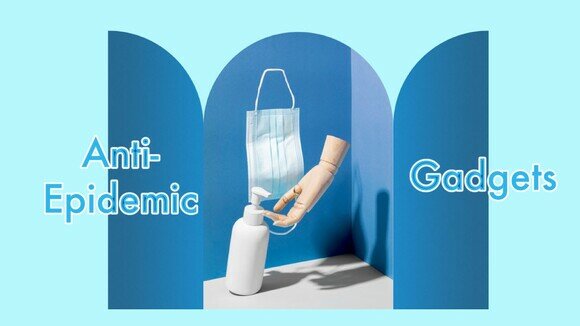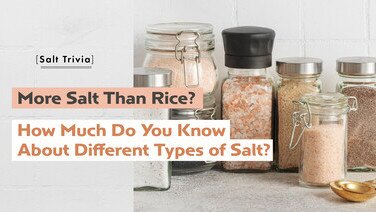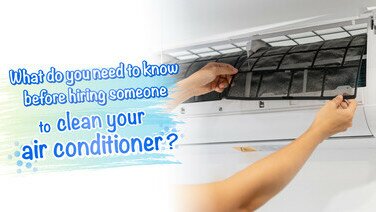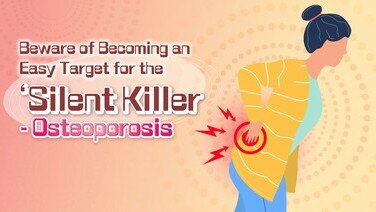4 selection criteria for face masks
Normally, the protection standards of face masks are clearly marked on the boxes. For example, according to the ASTM (American Society for Testing and Materials) standards, face masks can be classified into 3 levels according to their degree of protection: Level 1 (Low) Barrier, Level 2 (Moderate) Barrier, and Level 3 (High) Barrier.
However, masks manufactured in different regions may adopt different protection standards, thus causing confusion. A simple and direct way is to look at the test results. Because regardless of the type of standards, the following criteria are important in determining the protection level:
- BFE (Bacterial Filtration Efficiency)
- PFE (Particulate Filtration Efficiency)
- Delta P ( Differential Pressure)
- Synthetic Blood Penetration Resistance
BFE and PFE
One of the most common ways of transmitting viruses or bacteria is through the droplets of patients of respiratory diseases. When patients speak, cough, sneeze or spit, they are likely to spread droplets carrying pathogens. Contact with these droplets may lead to infection. Therefore, it is important for masks to effectively block these droplets. BFE and PFE are key indicators of their effectiveness.
According to the ASTM F2100-19 Standard Specifications:
- Level 1 (Low) Barrier: BFE and PFE must be 95% or higher
- Level 2 (Moderate) Barrier and Level 3 (High) Barrier: BFE and PFE must be 98% or higher
Delta P
Delta P measures a mask’s breathability. The higher the value, the harder it is for the wearer to breathe.
According to the ASTM F2100-19 Standard Specifications:
- Level 1 (Low) Barrier: Delta P value must be lower than 4.0mm H2O/ cm2
- Level 2 (Moderate) Barrier and Level 3 (High) Barrier: Delta P value must be lower than 5.0mm H2O/ cm2
Synthetic Blood Penetration Resistance
Synthetic Blood Penetration Resistance reflects a mask’s water resistance. The test simulates scenario with blood or body fluid splashes that may be encountered by medical staff during medical procedures to assess if the mask can provide sufficient protection. However, in daily life, we rarely encounter these situations, so the protection standards of some masks do not include this criterion.
According to the ASTM F2100-19 Standard Specifications:
- Level 1 (Low) Barrier: Pass at 80mmHg pressure level
- Level 2 (Moderate) Barrier: Pass at 120mmHg pressure level
- Level 3 (High) Barrier: Pass at 160mmHg pressure level
Are you wearing the mask correctly?
Even if you have purchased a mask with a high degree of protection, you must still avoid the followings in order to achieve effective epidemic prevention!
- Covering only the mouth and leaving the nose exposed
- Using only one set of ties when wearing a tie-on mask
- Pulling down the mask to talk and cough
- Touching the front of the mask while removing it
3 criteria for selecting hand sanitizers
When you are outside, you’d never know which objects are contaminated with pathogens. If you touched those objects and then touched your mouth, nose or eyes, you might get an infection easily. Therefore, consumers should rub their hands with hand sanitizer frequently to reduce the chance of infection. Below are the 3 major selection criteria:
Alcohol concentration
- Disinfection ingredients
- Hand moisturizing ingredients
The higher the alcohol concentration, the better?
According to the guidelines of the World Health Organization, disinfection alcohol with an alcohol concentration level of 60% to 80% is most effective. Alcohol of a concentration too high is less effective in disinfection..
Active ingredients in disinfectants
Apart from alcohol, quaternary ammonium compounds (quats) are also common active ingredients found in hand sanitizers. Other major types of active ingredients include chlorhexidine, triclosan and lactic acid, etc.
Alcohol
Alcohol is generally capable of quickly and effectively killing viruses or common bacteria such as Staphylococcus aureus, Escherichia coli, or fungi, despite having a lesser effect on some non-enveloped viruses such as enterovirus. However, its effect is not long-lasting, and the number of bacteria on the skin surface may gradually build up after a while. Therefore, some alcohol-based disinfection products may add chlorhexidine, quats or triclosan to prolong their disinfection effects.
Quaternary ammonium compounds (Quats)
The main function of quats is to inhibit the growth of, rather than kill, bacteria and fungi. Quats do have certain effects on bacteria and viruses, but with a slower disinfection speed. Disinfectants containing quats are generally less likely to cause skin allergy and are commonly used to disinfect patient care products and equipment.
Chlorhexidine and triclosan
Both have good disinfection effects on common bacteria such as Staphylococcus aureus and Escherichia coli. Chlorhexidine also has certain antiviral effect on influenza viruses and hepatitis B virus. On the contrary, triclosan has a weaker antiviral effect.
Other active ingredients
Studies have shown that aloe vera can inhibit the growth of some bacteria and lactic acid also has bactericidal ability, but they are yet to be recognized as active ingredients for hand sanitizers by the U.S. Food and Drug Administration (FDA). Some of the natural ingredients, such as tea tree oil and thyme, may kill certain bacteria, but their bactericidal properties are yet to be supported by medical researches.
Moisturizing hand sanitizer – is it a better choice?
Alcohol can take away the skin’s natural oils. Frequent application can leave hands dry and cracked. As compared with traditional liquid soap, hands do not feel as dry after using a hand sanitizer enriched with moisturizing ingredients such as glycerol (glycerin or glycerine).
Important Notice! Apply the hand sanitizer evenly
Alcohol can only kill bacteria and viruses when they come into contact! So, make sure that you apply the sanitizer thoroughly all over your fingers and hands, and don’t forget the areas between fingers, back of fingers, nails, and wrists.
In fact, as long as sufficient protective measures are taken, there is no need to panic. The Consumer Council has developed the “Together, We Fight the Virus” page offering the public free download on test findings of anti-epidemic gears, and useful information on personal and household hygiene as well as important updates on COVID-19!







![[Baby Snacks Guide] Who Says Snacks Can’t Be Healthy?](/f/guide_detail/415742/376c212/bb%20snack.jpg)



